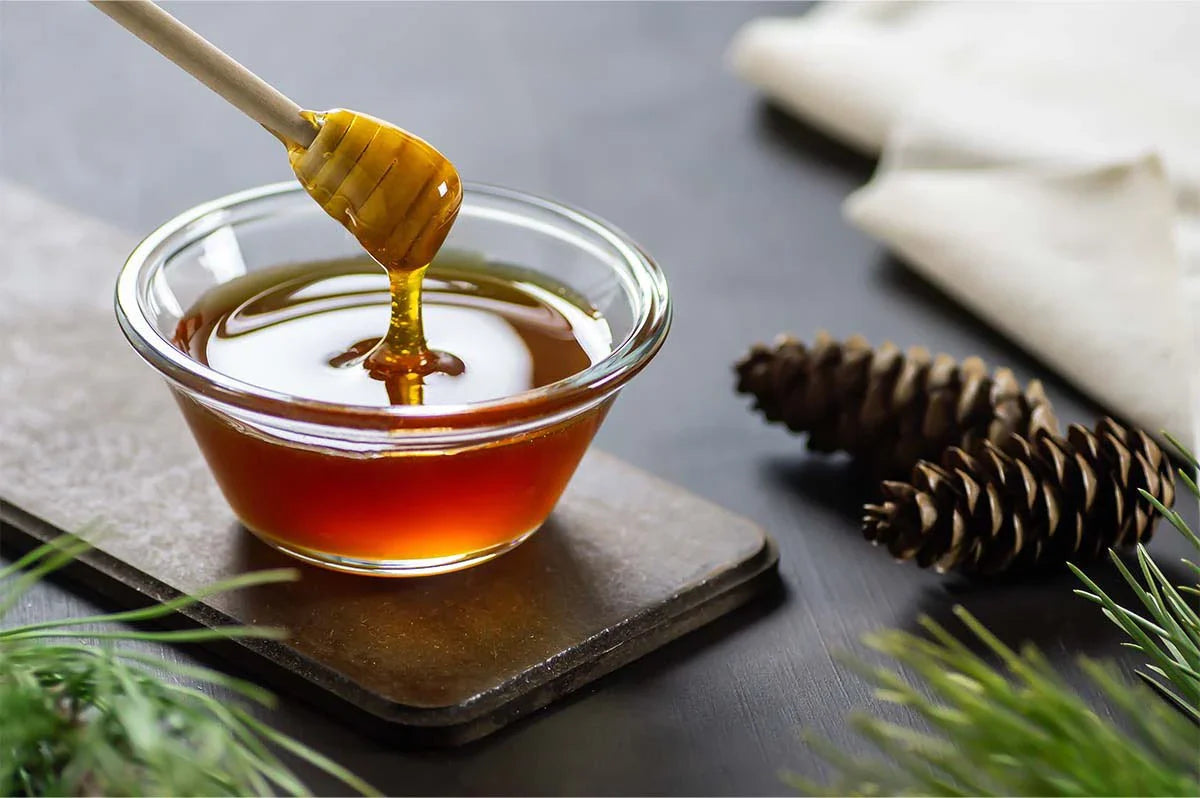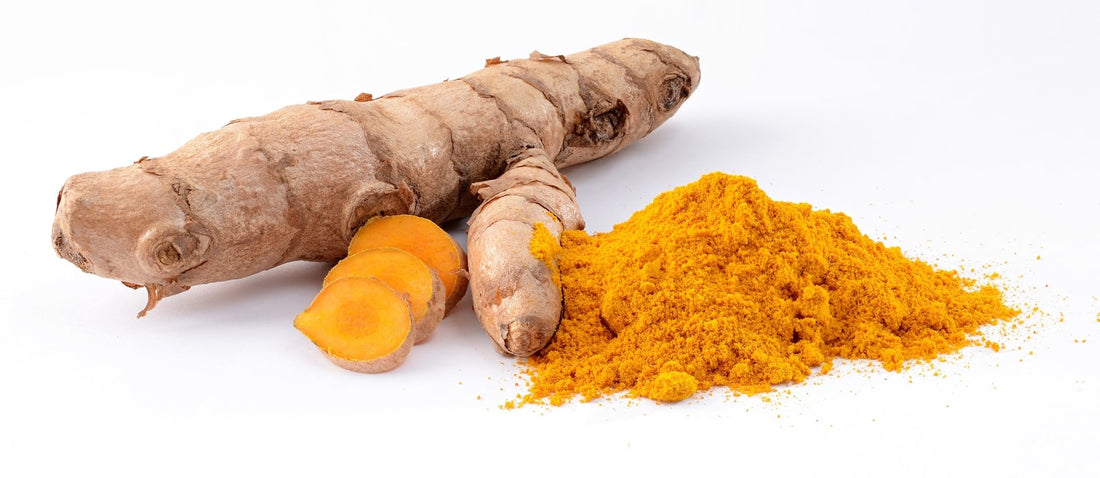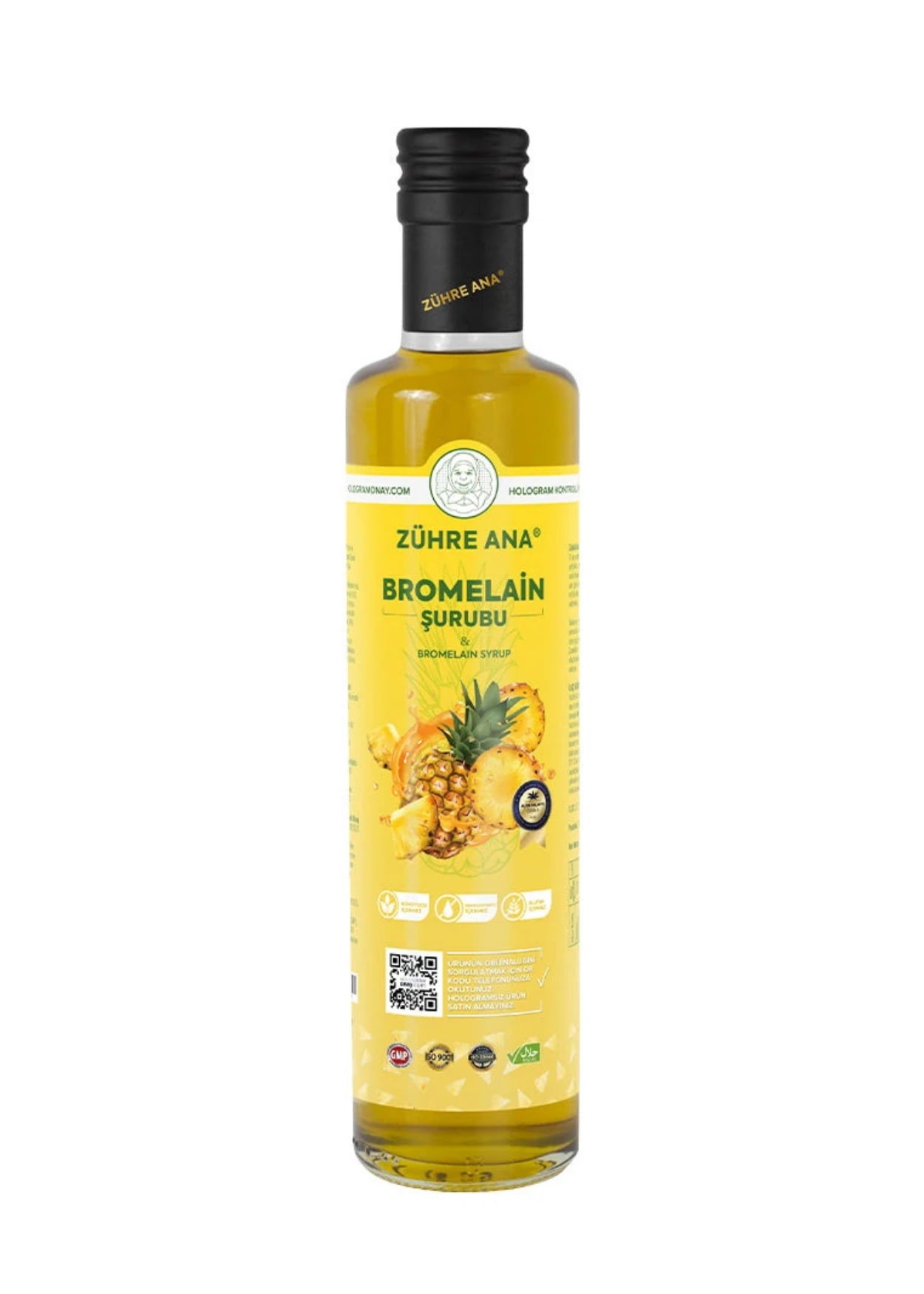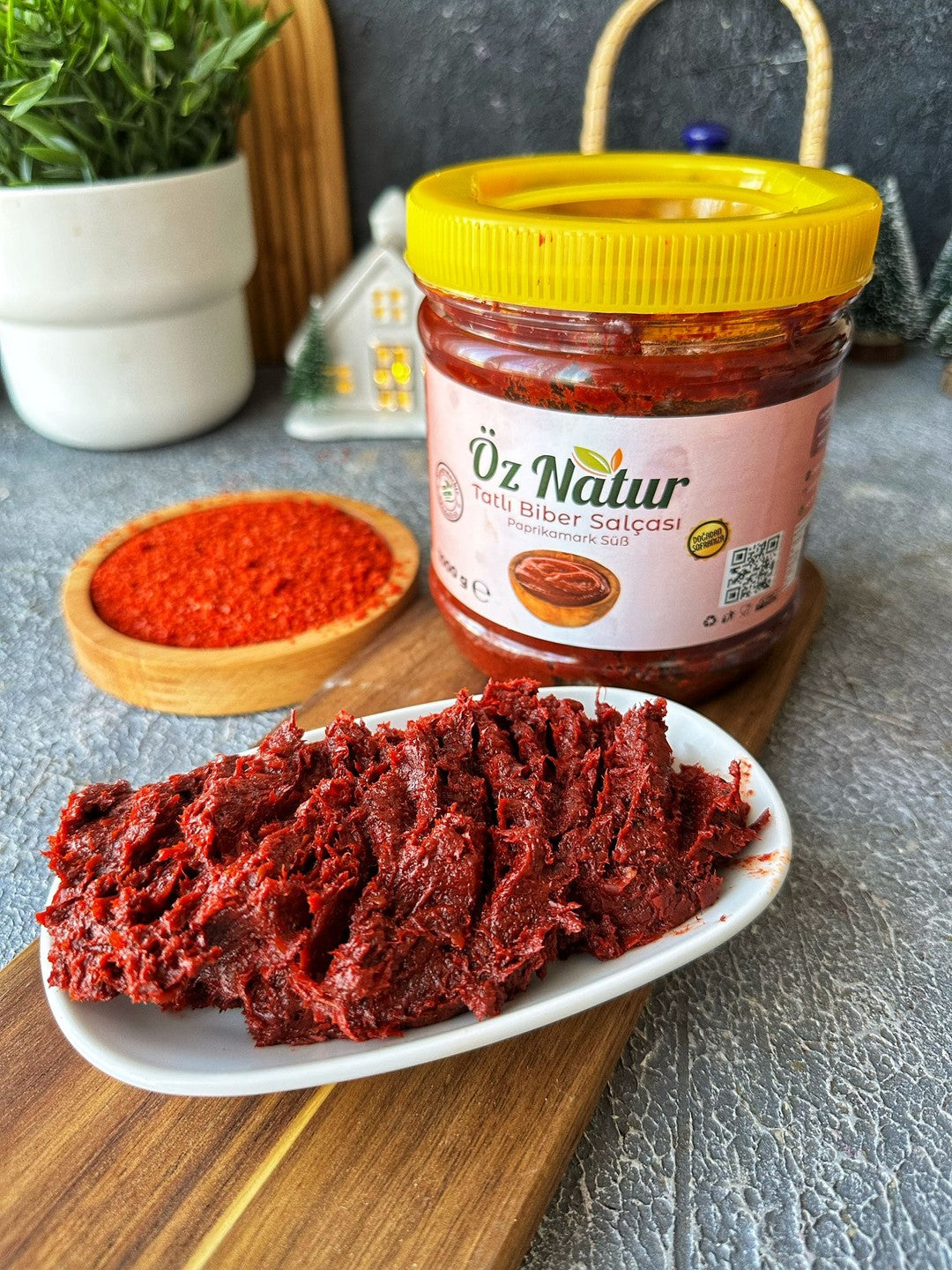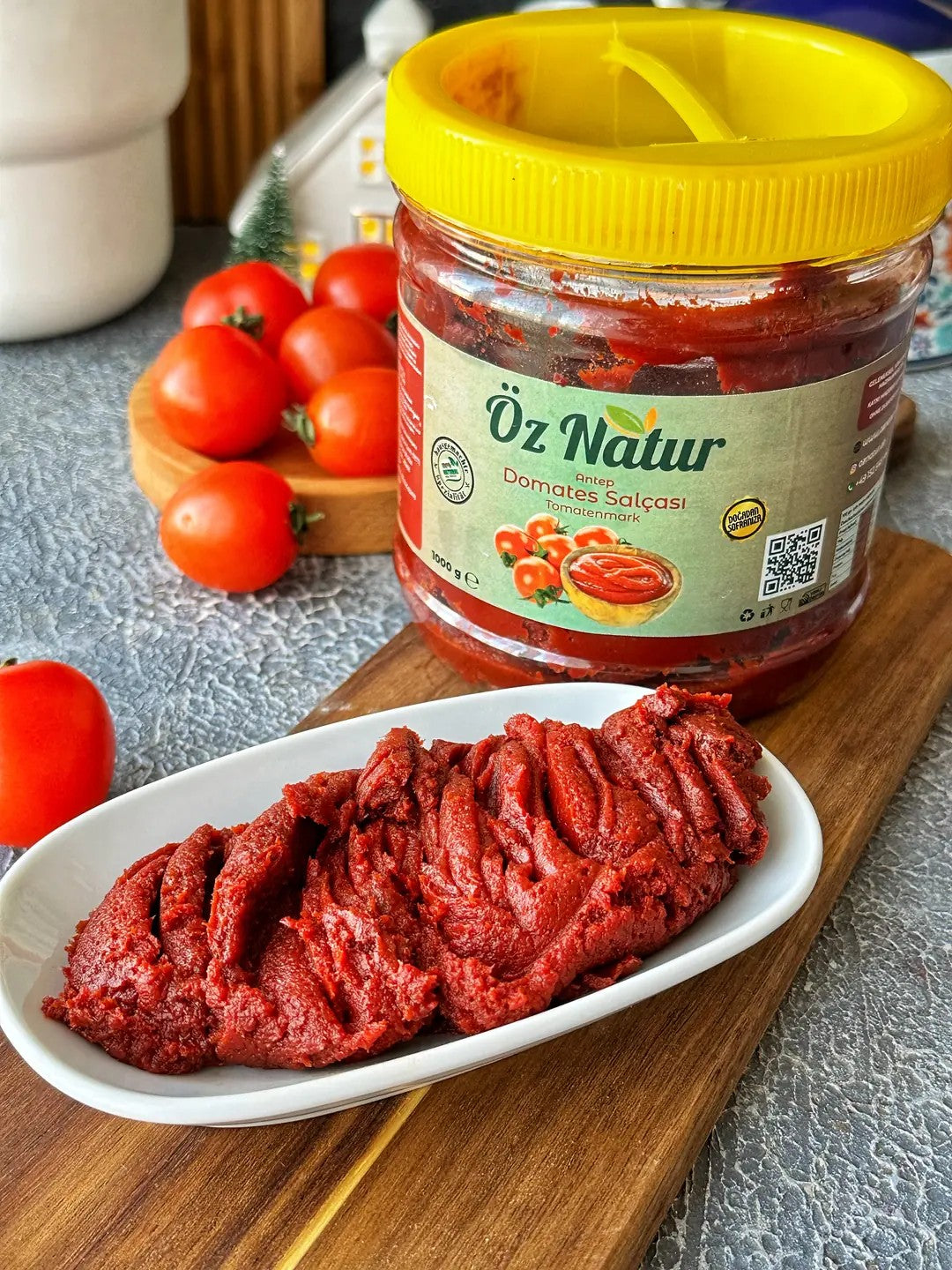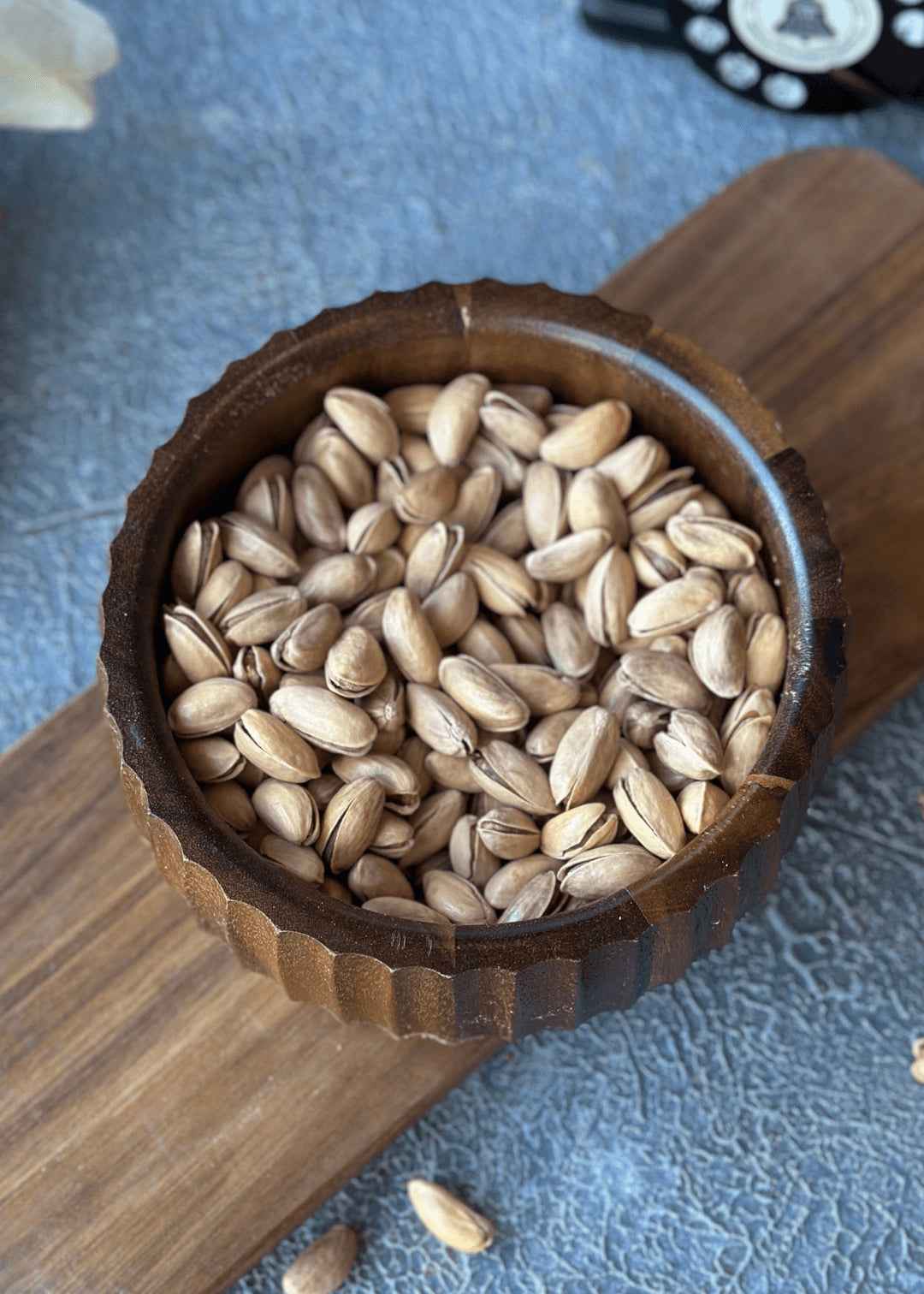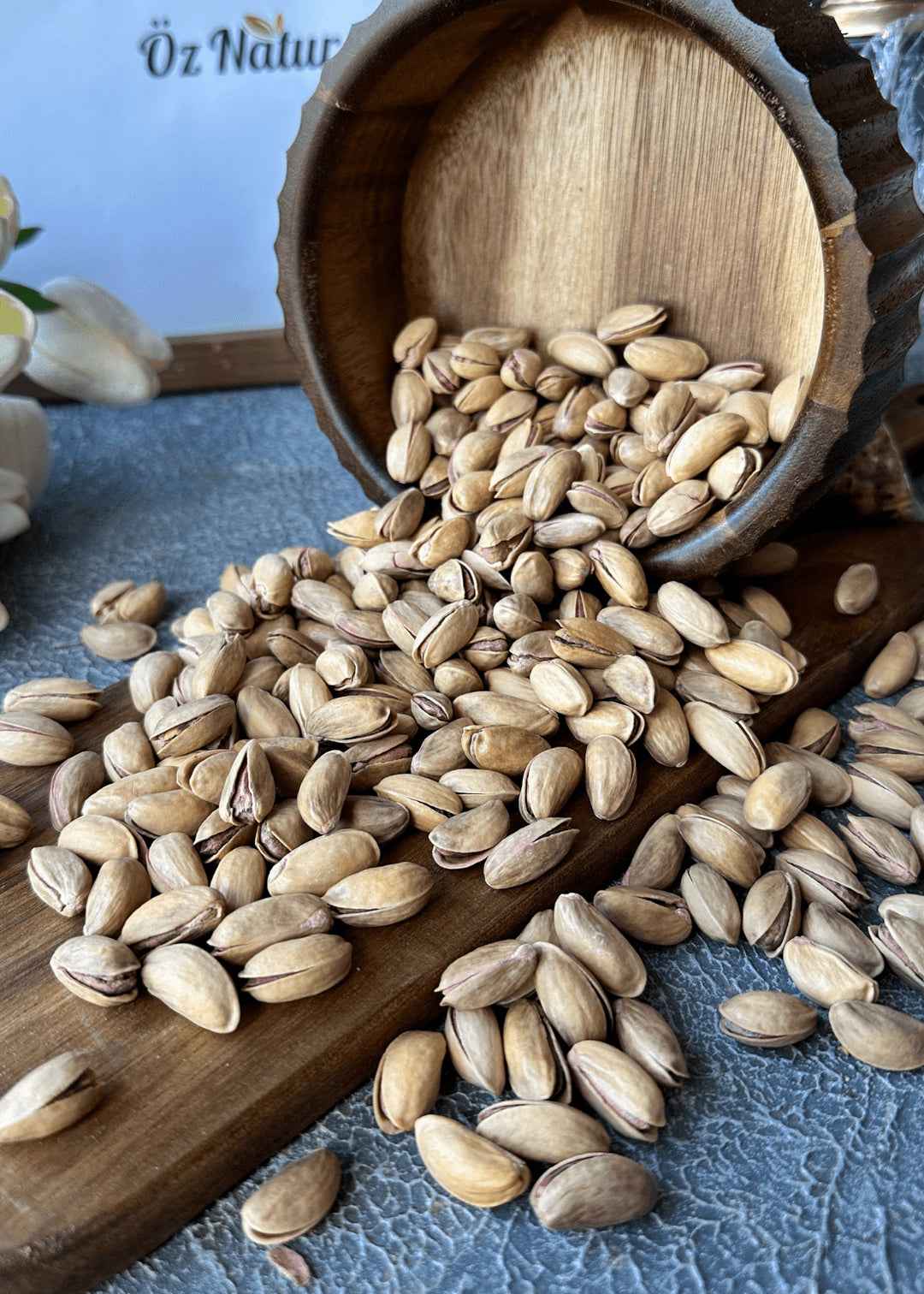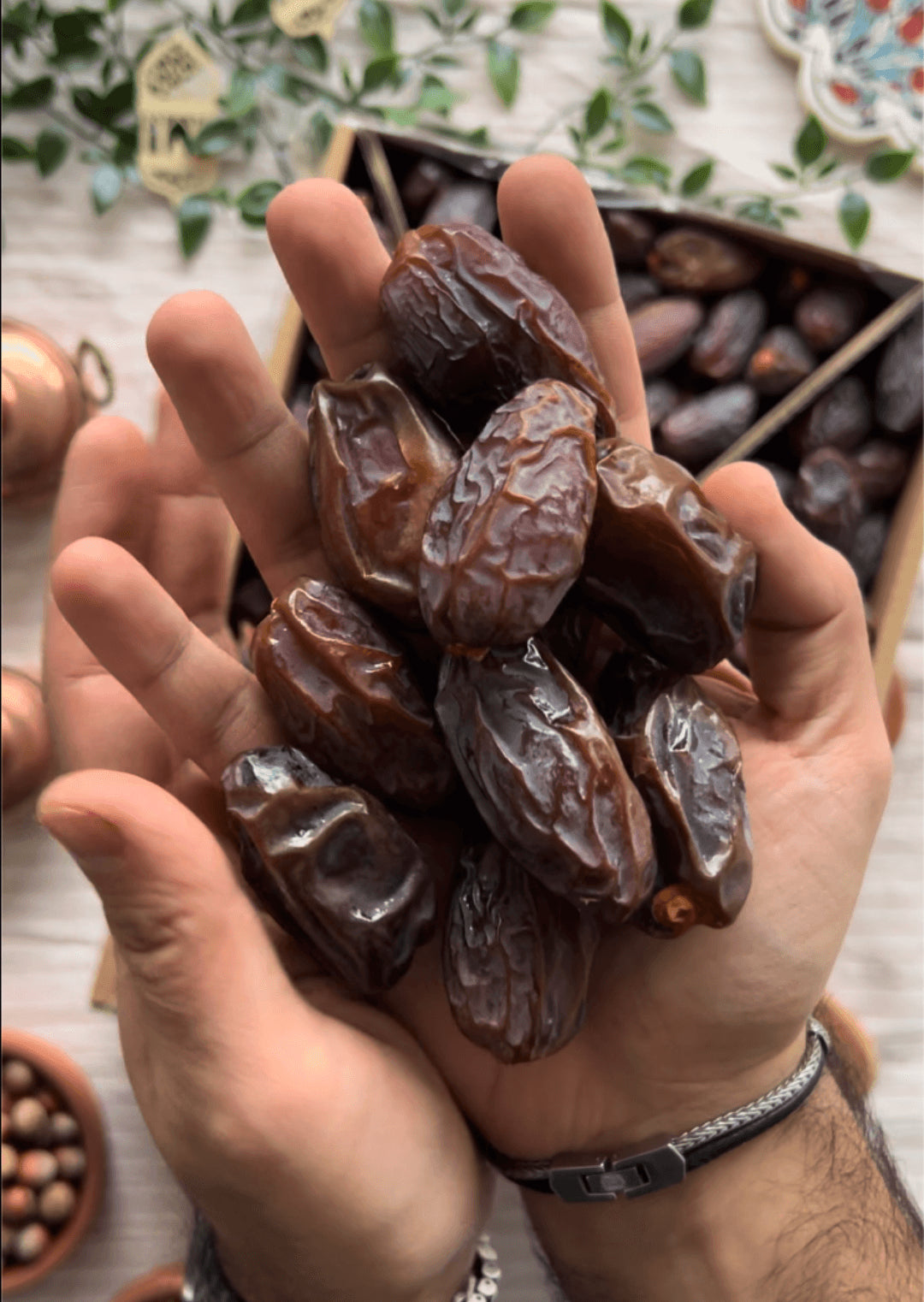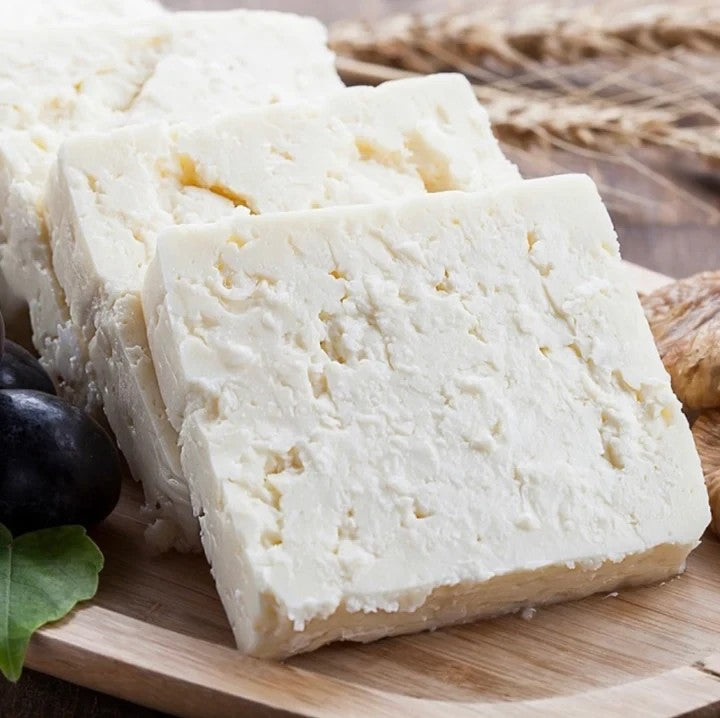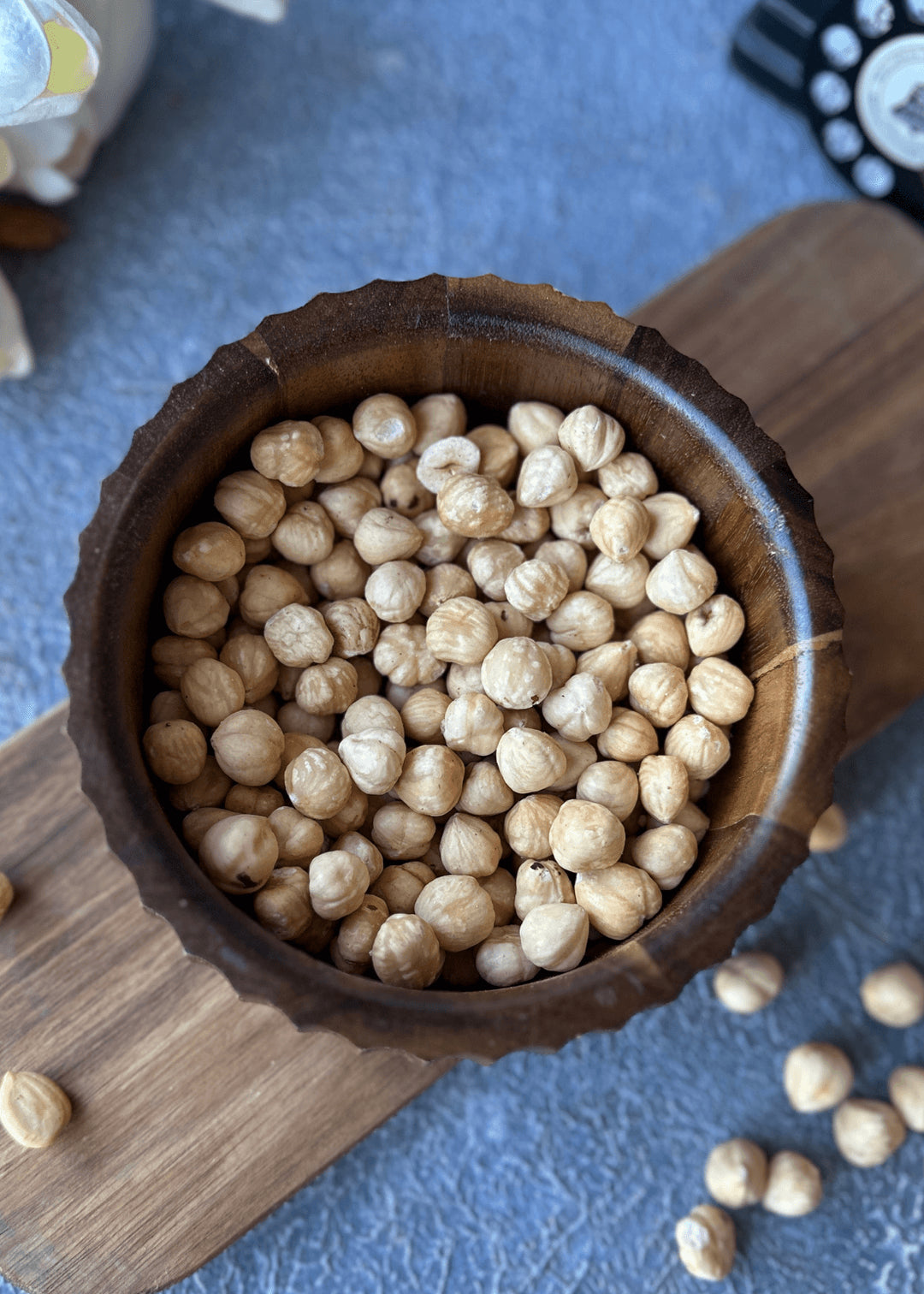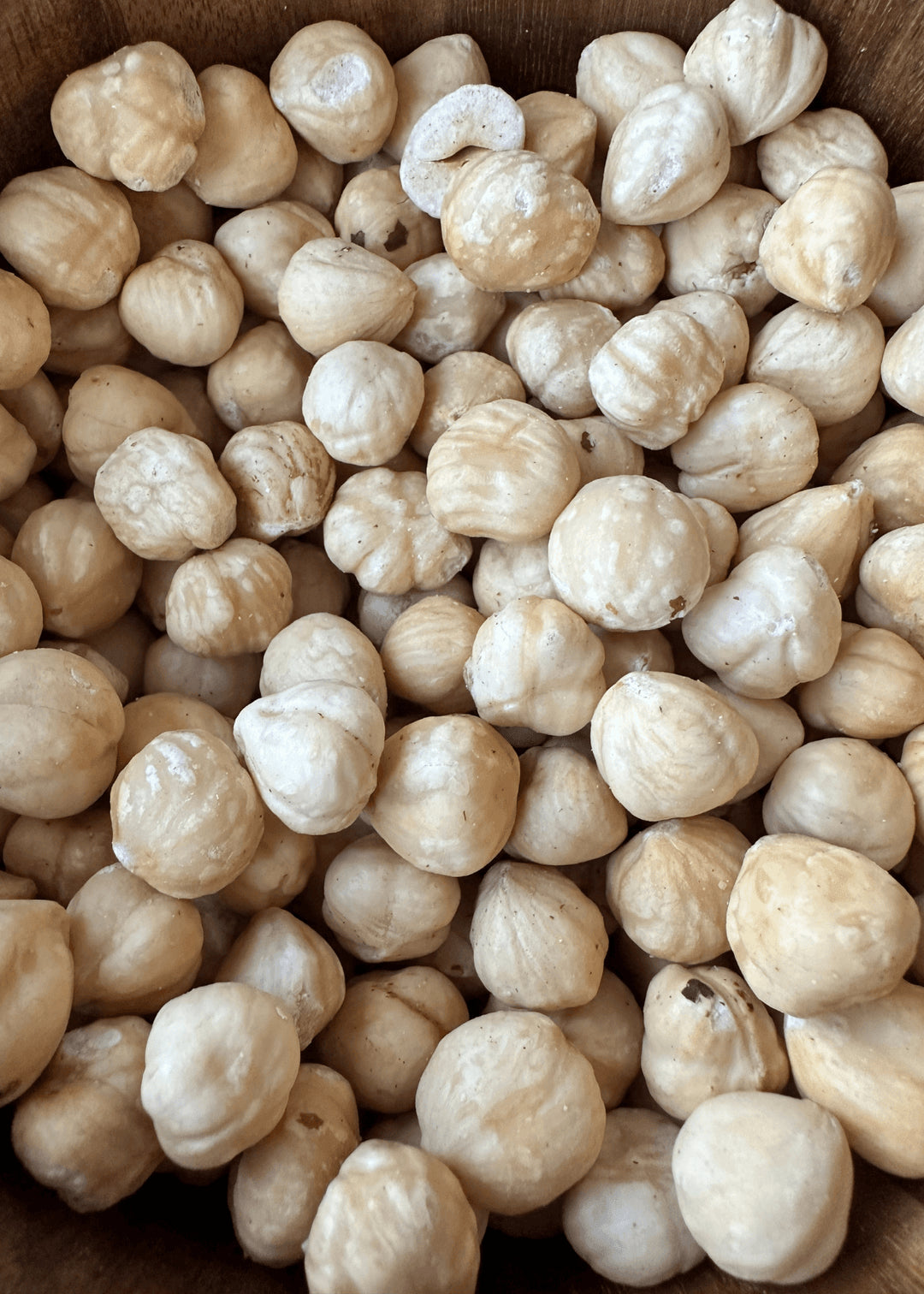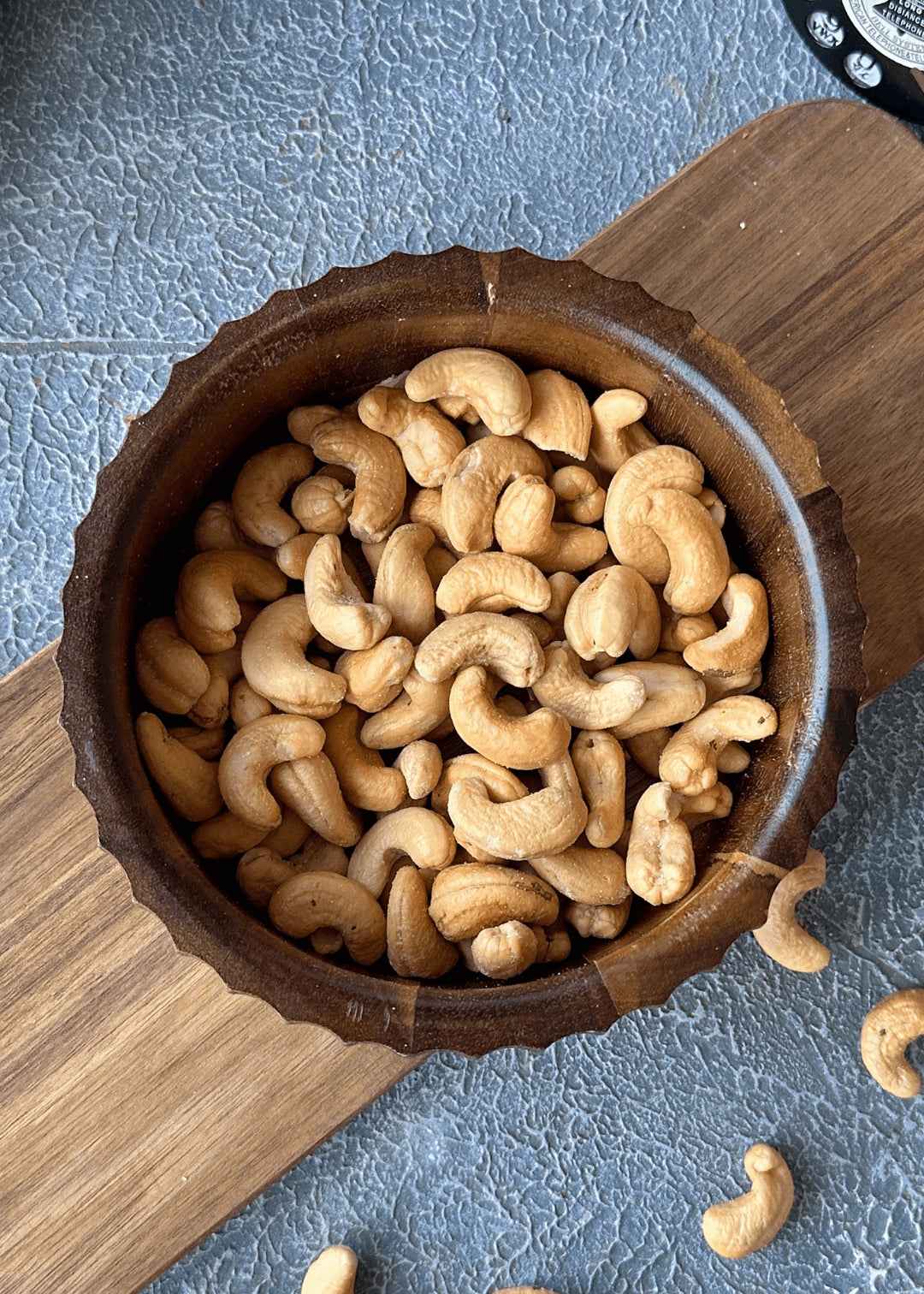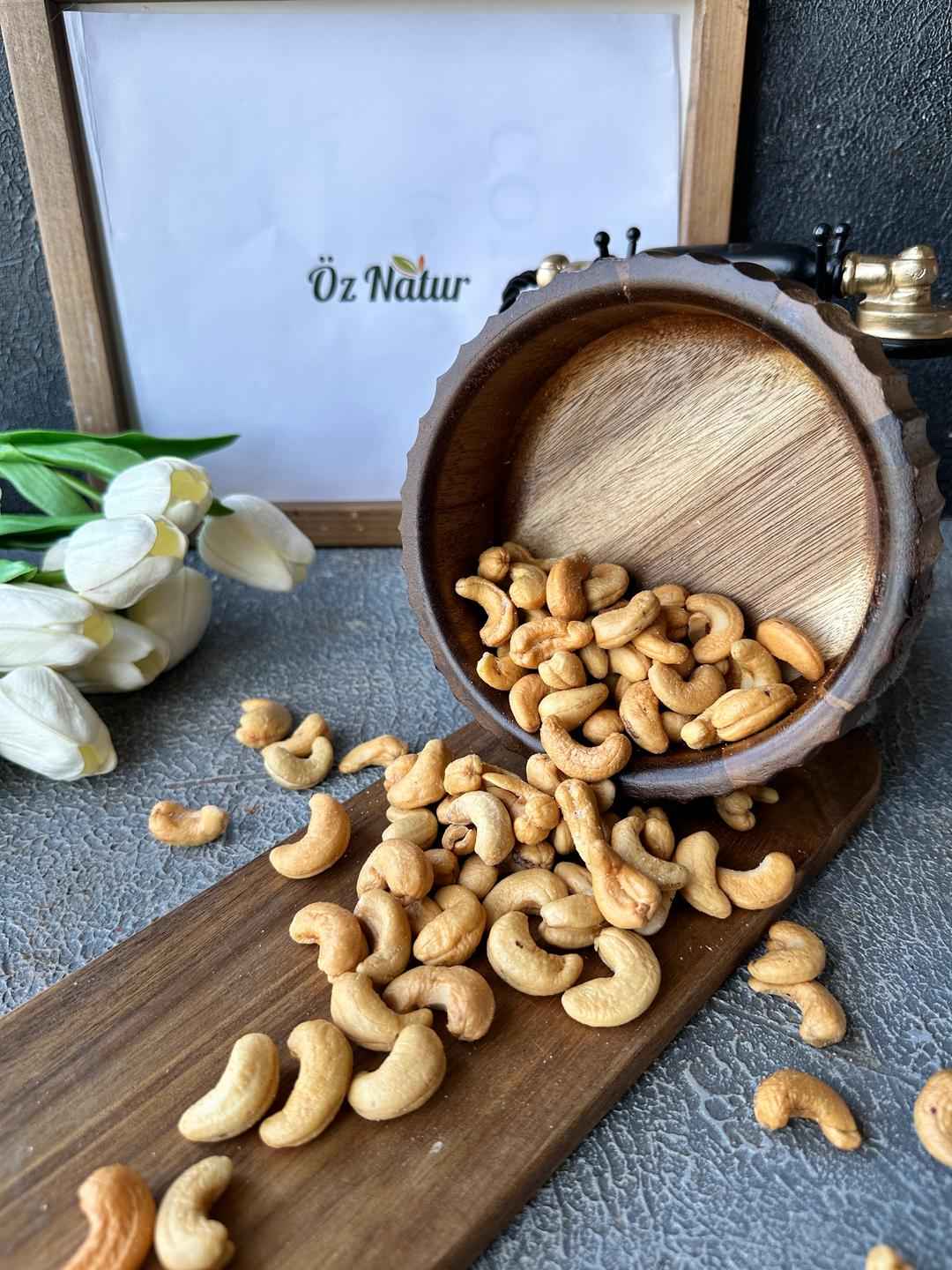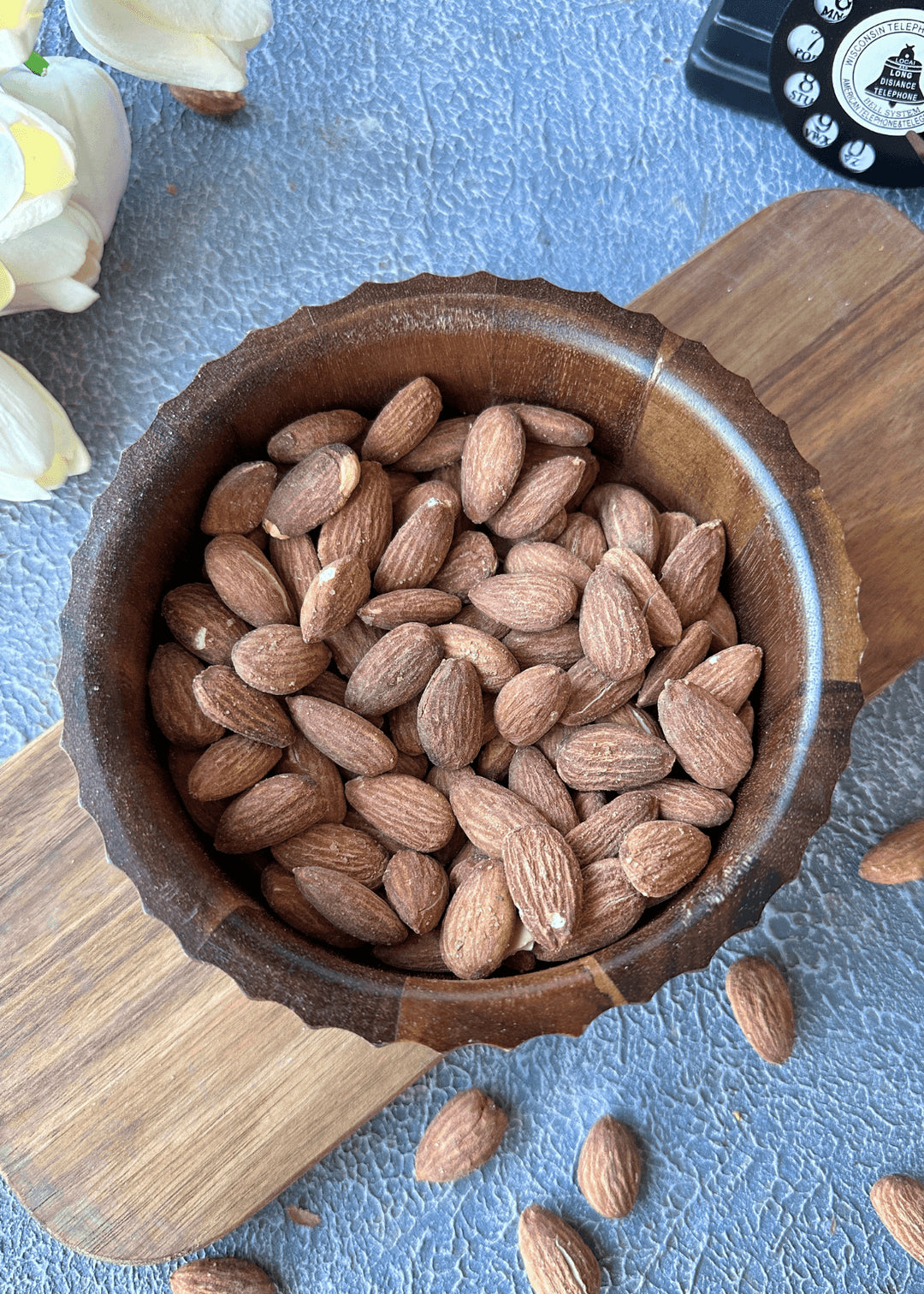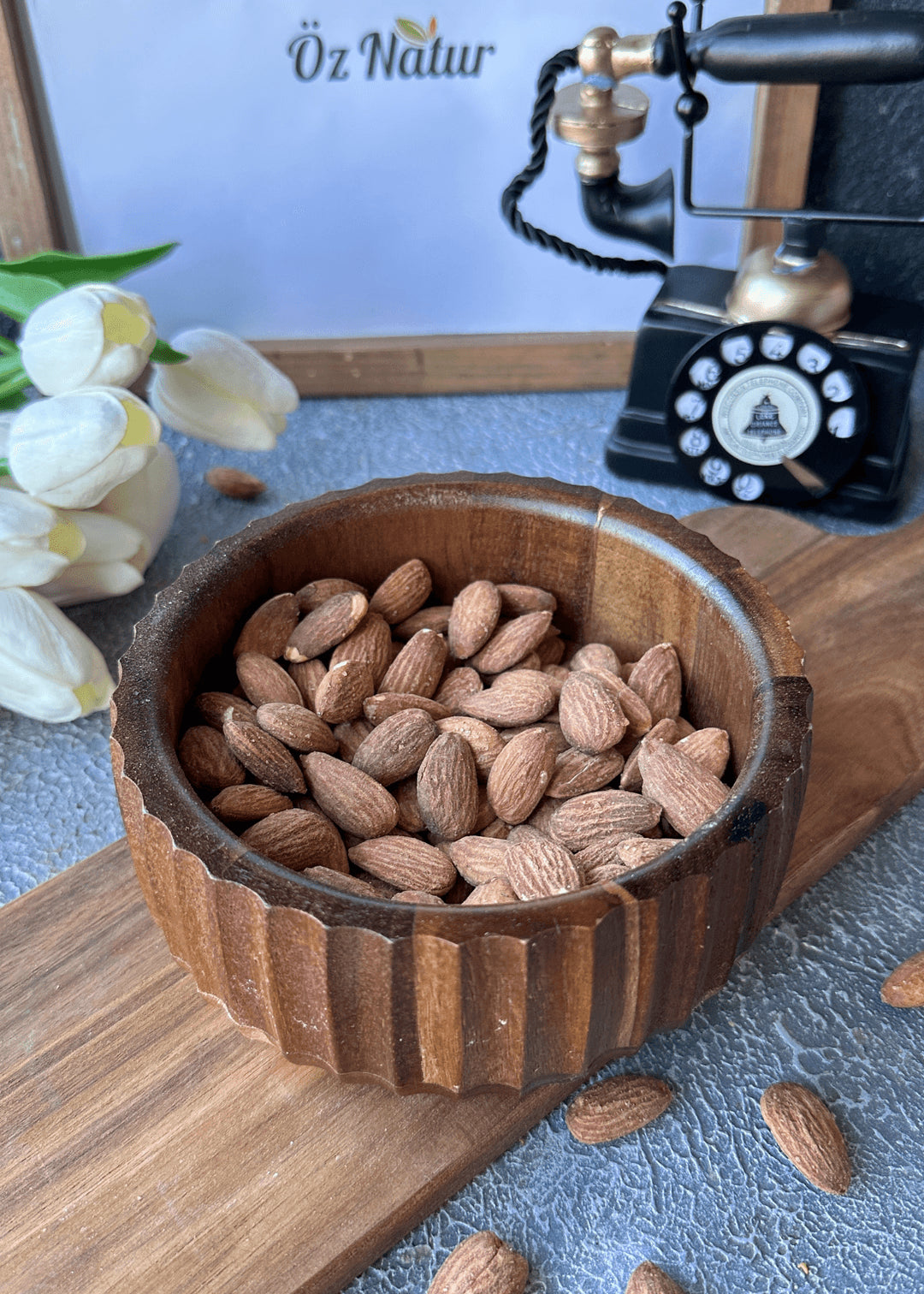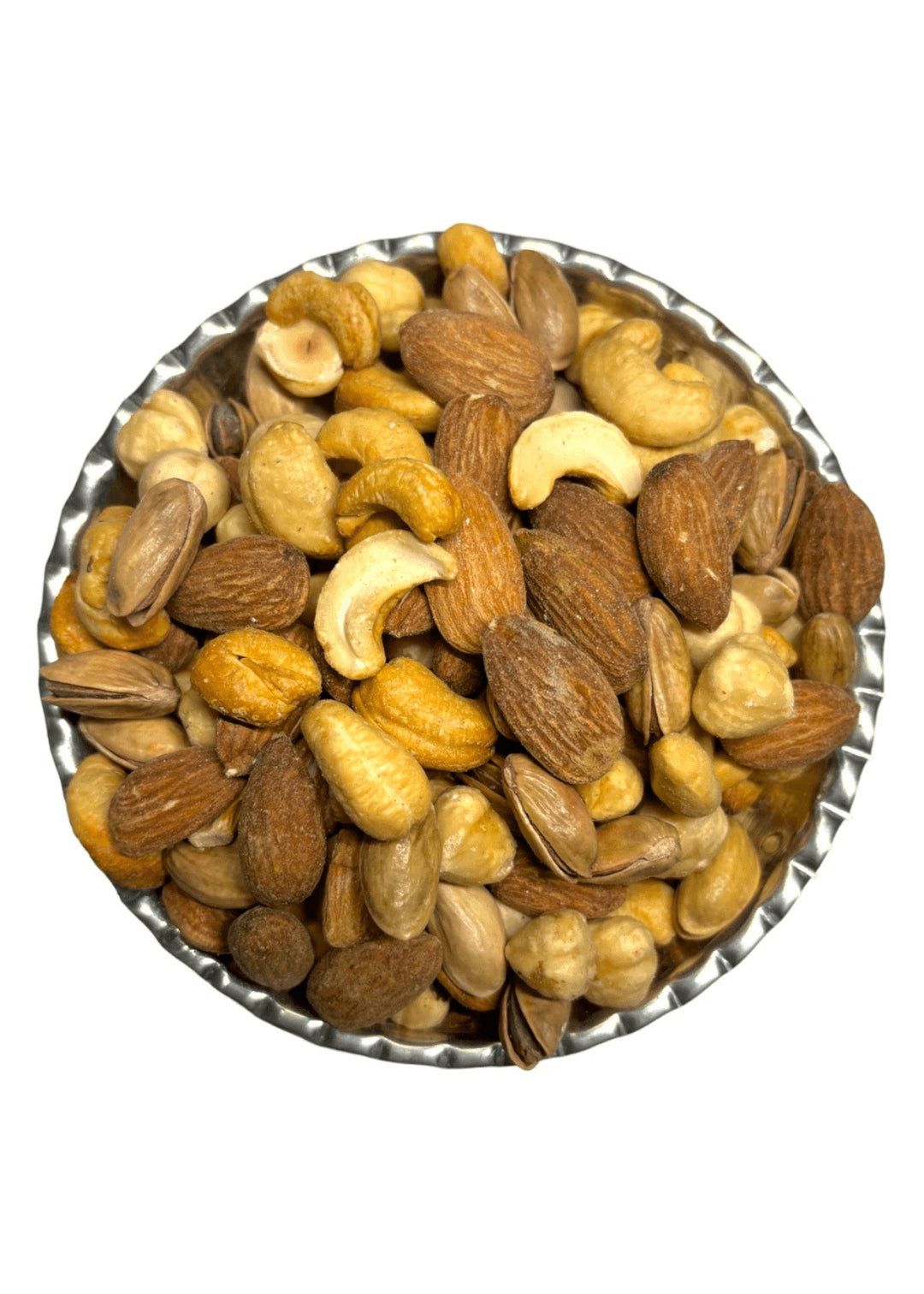Pine honey is produced when bees collect sweet secretions excreted by certain insects living on pine trees and store them in their hives. This unique type of honey naturally forms in red pine forests, which are common in the Aegean and Mediterranean regions. With its rich aroma and dark color, pine honey stands out from other types of honey.
Characteristics of Pine Honey
-
Crystallizes more slowly than other types of honey.
-
Has a dark color and dense consistency.
-
Features a mild flavor and is less sweet compared to floral honey.
-
Naturally contains amino acids and enzymes.
-
Includes compounds such as pinocembrin, pinobaxin, galangin, and chrysin.
Pine honey is commonly consumed at breakfast but can also be used in herbal teas or milk for its strong aroma. Additionally, it serves as an alternative natural sweetener in desserts and snacks.
How to Consume Pine Honey
Pine honey can be eaten directly at breakfast or combined with foods like yogurt, milk, or tahini. It is also ideal for sweetening herbal teas. In culinary use, it can be incorporated into recipes to enhance flavor and aroma.
Difference Between Pine Honey and Other Honeys
Unlike floral honey, pine honey is not derived from nectar, but rather from the sap secreted by insects that live on pine trees. Its production is limited to Mediterranean climates, especially in red pine forests.
The process begins when insects excrete honeydew, which bees then collect to produce pine honey. Harvesting typically takes place between July and October, and when stored properly, it keeps fresh for long periods without spoiling — giving it a naturally long shelf life.


